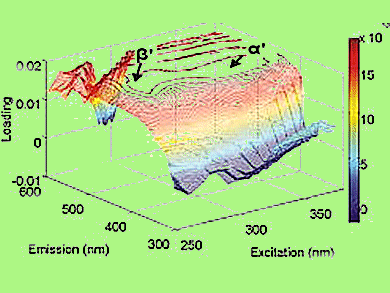Membranes are widely used in drinking water applications to achieve improved removal of colloidal/particulate matter, pathogenic organisms, natural organic matter, and salinity in water. Membrane fouling is a major constraint when considering the adoption and performance consistency of membrane-based treatment operations. It increases operational costs as a result of permeate flux decline and/or increased energy consumption because of higher trans membrane pressure requirements needed as driving force for the production of drinking water.
Hector Budman and colleagues, University of Waterloo, ON, Canada, proposed a fluorescence-based membrane fouling modeling approach to predict different fouling situations for ultrafiltration (UF) cross-flow treatment of river water. They demonstrated the ability of this approach for process optimization in terms of minimizing the energy spent per unit amount of drinking water produced.
The approach was also able to identify specific membrane foulants that contribute to reversible and irreversible fouling of membranes in drinking water applications.
- Fluorescence-based fouling prediction and optimization of a membrane filtration process for drinking water treatment,
Ramila H. Peiris, Hector Budman, Christine Moresoli, Raymond L. Legge,
AIChE J. 2012, 58 (5), 1475–1486.
DOI: 10.1002/aic.12684




